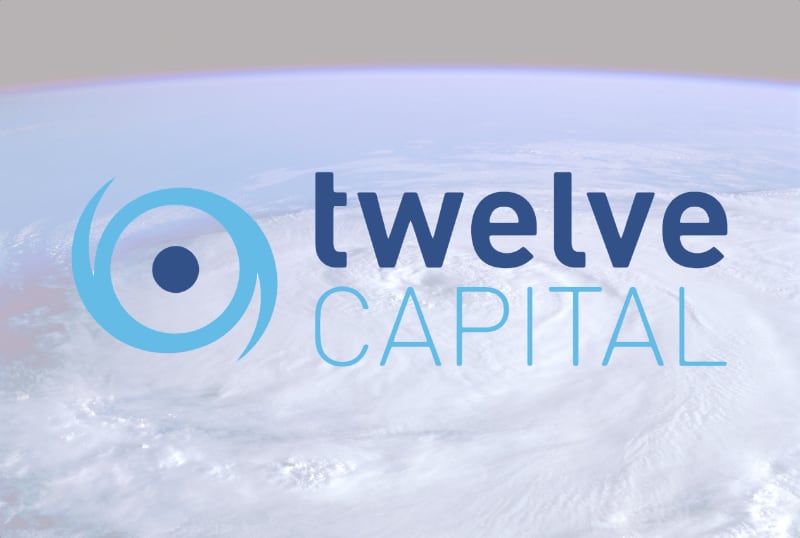Cat bond spreads adequately compensate for hurricane risk: Twelve Capital

Investment manager Twelve Capital feels that the spread being taken when investing into catastrophe bonds compensates for the shorter-term risk being taken from the hurricane peril, noting that pricing of cat bonds is based on a longer-term view than just a single hurricane season.
With hurricane forecasts suggesting a hyperactive 2024 Atlantic storm season with potentially elevated US landfall risks, specialist insurance-linked securities (ILS) and reinsurance linked investment manager Twelve Capital has commented on how it thinks about the risks faced by its portfolios of cat bonds and other instruments, when the hurricane forecasts are calling for a particularly active year.
In summary, Twelve Capital believes that, “In heightened seasons, there is no clear signal in the data regarding tail events impacting Cat Bonds due to the random nature of events.”
Adding, despite the forecasts for high levels of activity in the tropics, “Hurricanes are still random processes and a decent sized hurricane still has to hit a populated area to generate damage.”
While it is still important to understand the number of hurricanes that could form, “For Cat Bonds the number of hurricanes that make landfall are more relevant,” Twelve Capital states.
Continuing, “This is something that is even harder to predict (and indeed something that agencies do not put a number out for), moreover it matters greatly where a hurricane makes landfall (i.e. is it in a sparse of densely populated area).”
For the 2024 hurricane season, Twelve Capital explains that the El Niño to La Niña transition is an important factor.
“The crux of the issue is not “will a La Niña form” but better conceptualised as “when will the El Niño be reduced” and it is this “when” that is the real driver,” Twelve Capital said.
“The longer the El Niño remains the longer there will be a suppression of the hurricane activity. The specifics of exactly when this will happen are hard to predict but will be a key issue to keep an eye on, and will make a big difference in the level of heightened risk.”
But, while conditions including the expectation of above average sea surface temperatures in the Atlantic, are important for the potential for storms to form and become hurricanes, Twelve Capital notes there are other factors to consider.
Explaining that, “Hurricanes are a stochastic (random) process, therefore, we cannot say with absolute certainty that 2024 will be a “big year” for hurricane exposed Cat Bonds. What we are able to say is that the conditions for hurricane formation are favourable.
“What ultimately matters for Cat Bonds is “do large hurricanes make landfall in populated areas” which is a hard question to answer with hurricane forecasts, as not only do hurricanes need to form, they need to be of sufficient size, and move in a given direction.”
Importantly, Twelve Capital points out that even the largest hurricane loss events of recent history have not impacted the catastrophe bond market too significantly.
Hurricanes Irma and Maria in 2017 and hurricane Ian in 2022 are the drivers of the largest hurricane loss events, but “Both of these, on an industry basis, are below where Cat Bonds usually attach,” the investment manager said.
In addition, it’s also important that those investing in catastrophe bonds, or other insurance-linked securities (ILS), have the ability to layer their own views on top of the modelled analysis transactions are marketed with.
Twelve Capital said, “The catastrophe modelling used for calculating the Expected Loss of a Cat Bond uses
simulations covering a variety of scenarios in order to account for years with higher levels of activity and those with lower.
“Twelve Capital also applies its own view of risk on top of the base modelling as well.
“The pricing of a bond is based on a longer term view than a single season, given the difficulty in prediction, as such Twelve Capital feels that the spread being paid compensates for the risk taken.”
As we announced earlier today, you can now analyse catastrophe bond market yield spreads over time with our new chart.
Track the 2024 Atlantic tropical storm and hurricane season on our dedicated page and we’ll update you as new information emerges.






